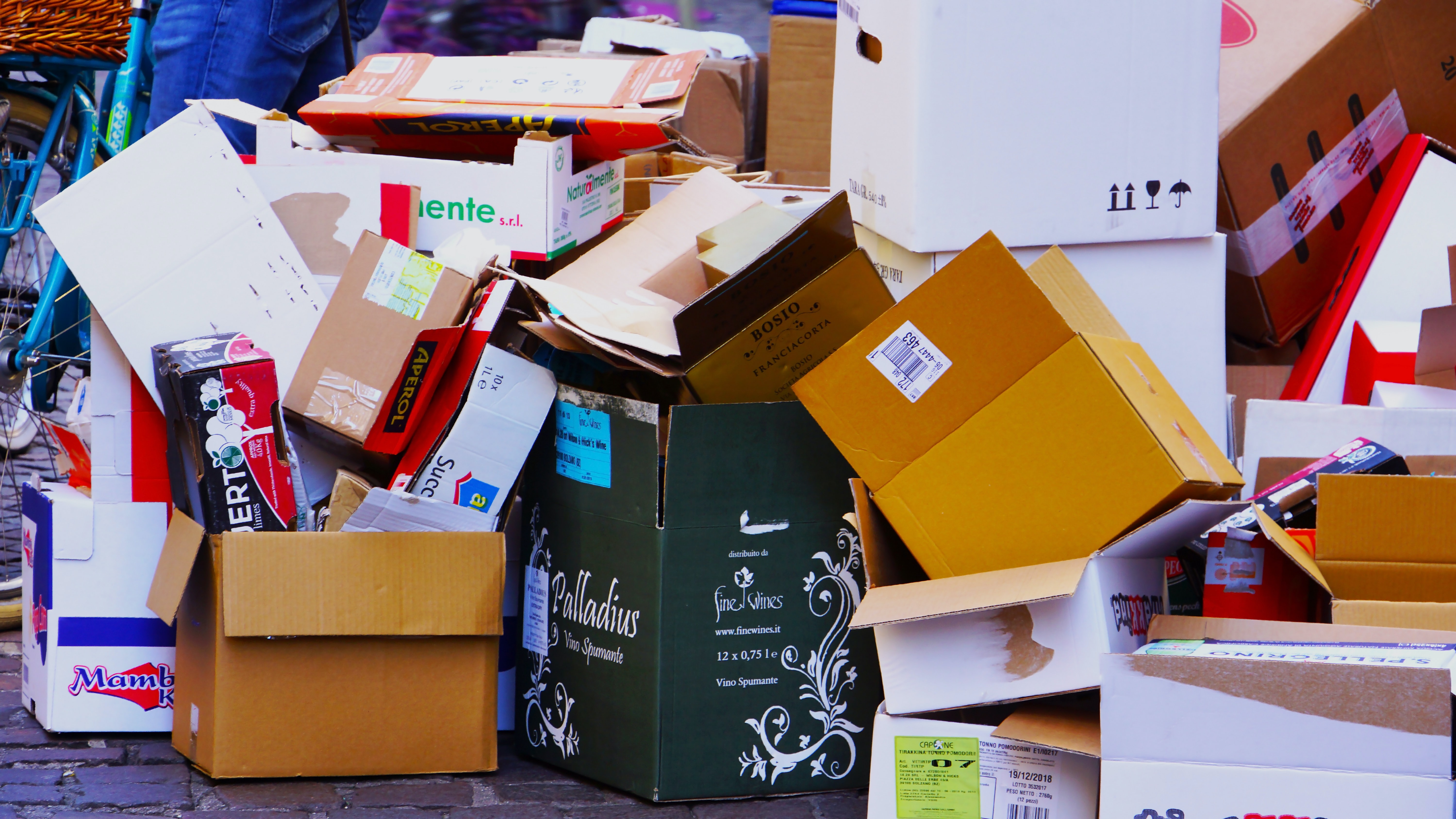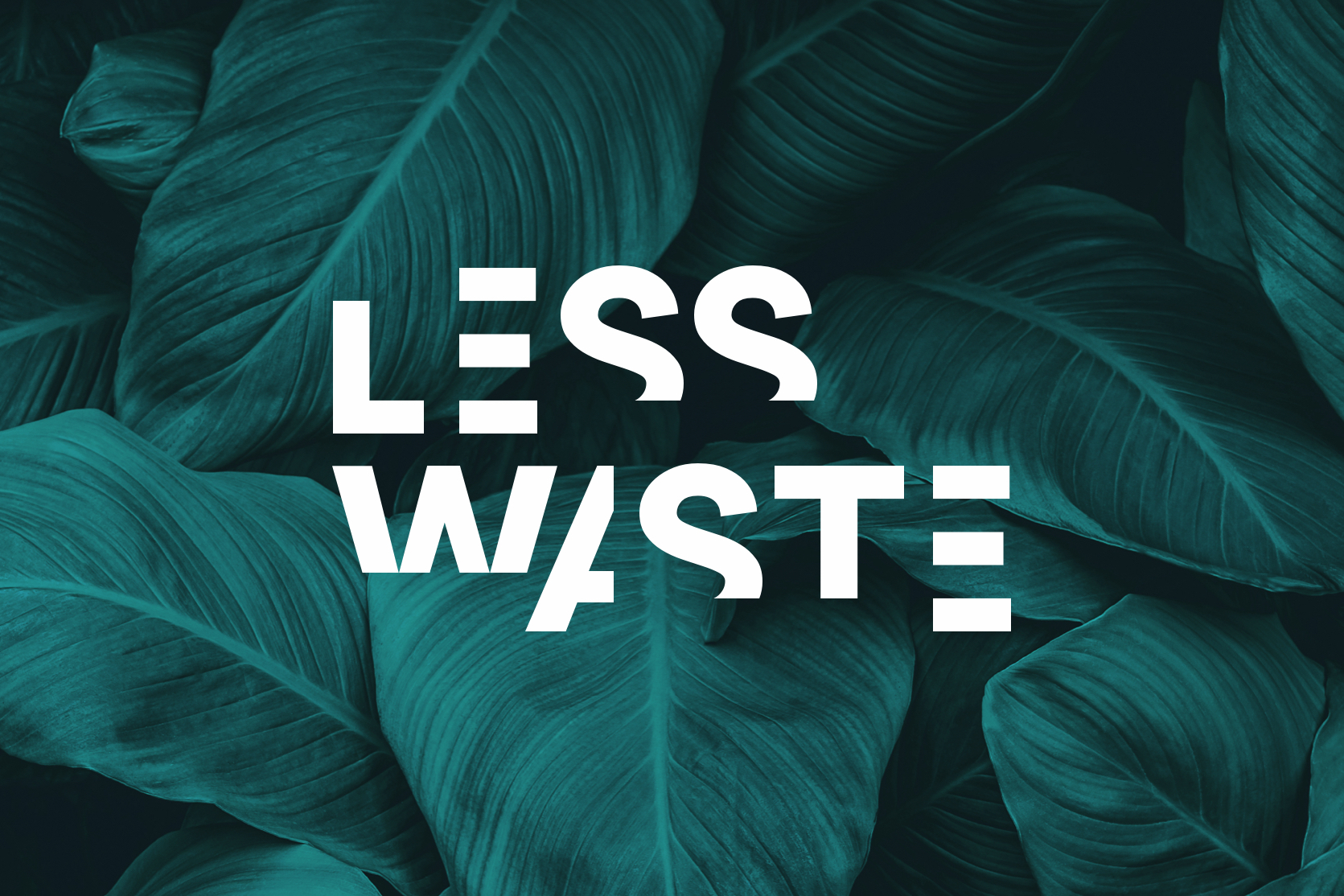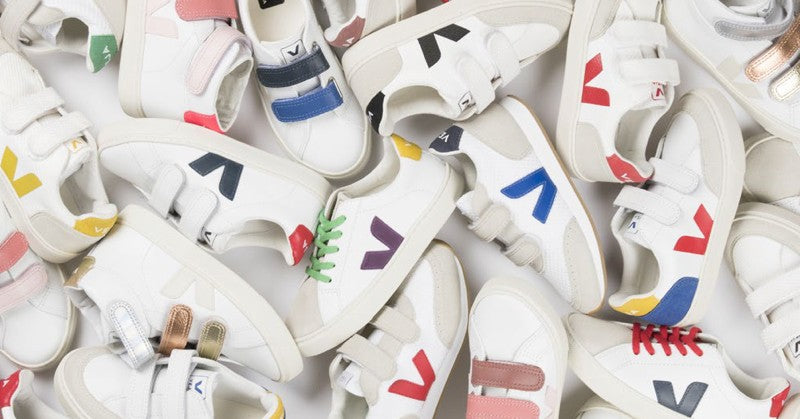Digital shopping behavior
This year, online shopping has seen unprecedented growth and digital shopping behavior is now part of everyday life in Switzerland. Convenience in particular is a major driver of this type of consumption. The main reasons for online shopping are delivery directly to the doorstep, not being tied to store opening hours thanks to 24/7 offers and the direct comparison of products and prices.
But should I, as an environmentally conscious person, choose the online shopping shouldn't I stop shopping online? After all, the storage, all the packaging material and the additional delivery routes certainly don't make a positive contribution to our planet. And what about returns, which are always a big issue? Rumor has it that the majority of returned goods are disposed of directly.
The size of the parcel also plays a decisive role in the discussion. The packaging waste caused by the online trade amounts to more than one million tons per year. Parcels with a lot of packaging material or unnecessary package inserts, both of which end up in the waste anyway, therefore make little contribution to climate friendliness. And is the cardboard packaging really reused or does it just require a lot of resources and energy to produce?

Can these statements really be made in such general terms? Unfortunately, various emissions are also generated by stationary retail. People who buy shoes in the city have to travel there by bus, train or car. Stores also need energy to heat and light their sales premises. And the products in the store also have to be delivered somehow - often packaged in exactly the same way as if we had the parcel delivered directly to our home. Does this mean that the CO2 comparison is positive for the online trade and that it is fundamentally more sustainable?
A study that follows the Handelsblatt states that the average CO2 emissions per product sold are 2.3 times higher in stationary retail than in e-commerce. In addition, many online retailers have taken measures to improve their carbon footprint in recent years (including Stadtlandkind, you can find out more here). The results of the study also show that the environmental impact varies depending on the country and product. Brick-and-mortar fashion retailers, for example, have the highest CO2 emissions and find it much more difficult than e-commerce to improve their carbon footprint.
Who should I believe now and how can I shop at all? It's not quite that simple to decide what is more sustainable and what you should and shouldn't do. Ultimately, however, we believe that we should all rethink our consumer behavior. We Stadtlandkinder are convinced that we can make a difference with our actions and by following our values can make a contribution.
LESS WASTE
For this reason, we are trying to produce as little waste as possible in future with our new "less waste" label. On the one hand, this includes minimizing parcel inserts as much as possible. Secondly, where possible, we will increasingly use the kickbag where possible in order to minimize the use of cardboard for parcels and to reuse our packaging material as often as possible.
At Stadtlandkind, we also try to do justice to the "second life of fashion". Returned items are not disposed of but reused. We also work with partners such as Kidis.chwho enable us to pass on the clothes that our children have outgrown.
And online trade will certainly become more sustainable if returns are reduced. We therefore urge you to think carefully about what you want to order and whether you really need the products. That way, we can all make a positive contribution to our planet together.



Leave a comment
This site is protected by hCaptcha and the hCaptcha Privacy Policy and Terms of Service apply.